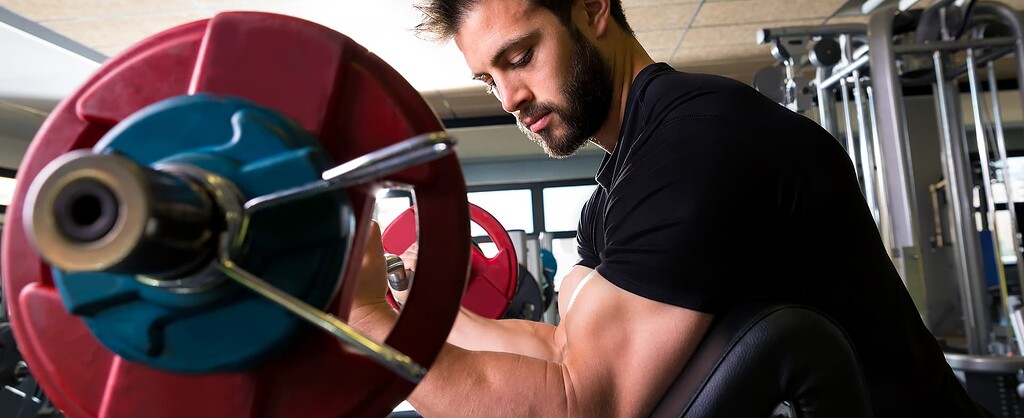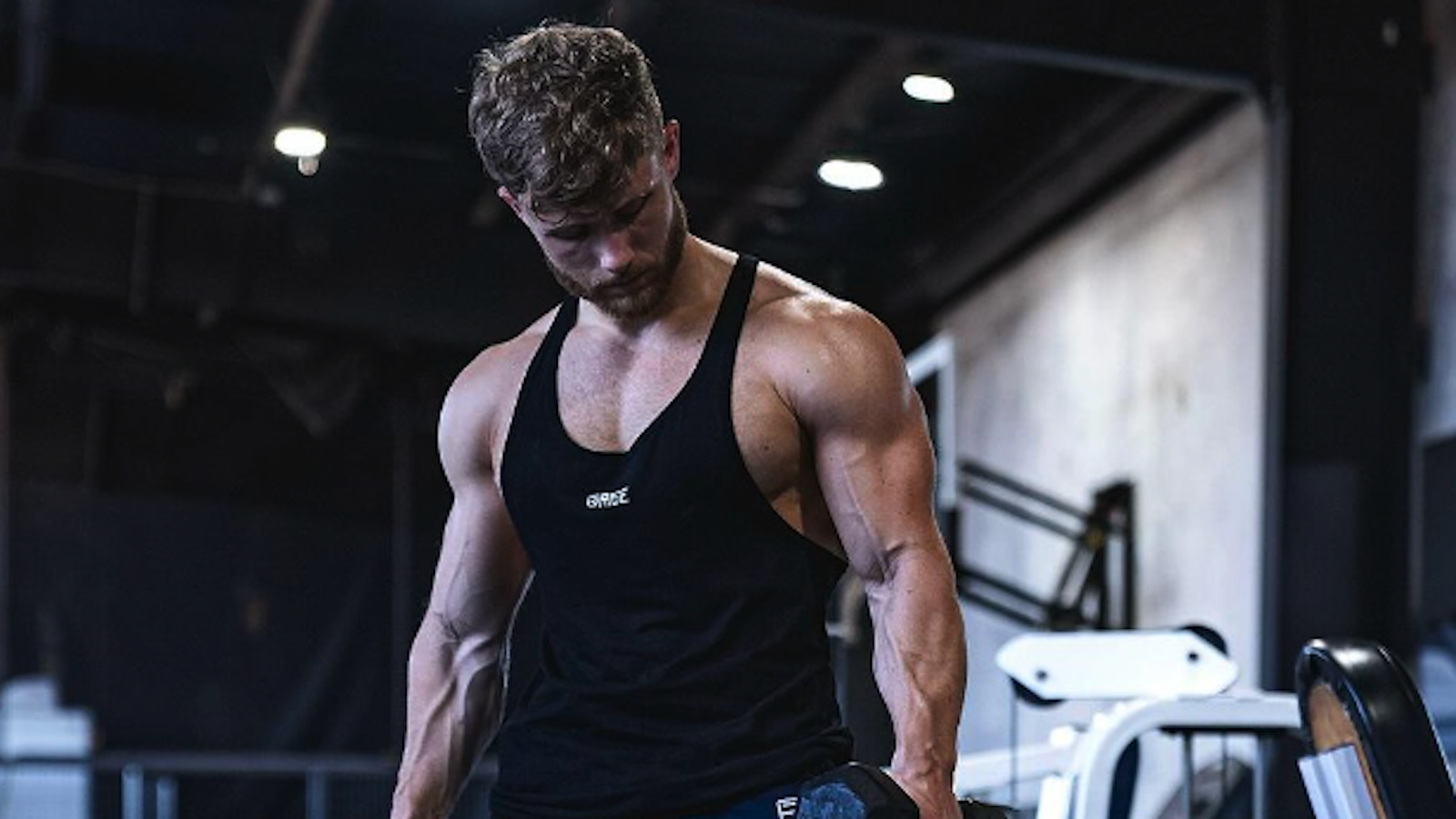I use jump squats in my workouts, though I don't know how they show them in the endurance manual
Endurance Jump Squats
...doesn't make a lot of sense.
Using them as a mean of jacking up your heart rate works but there is a issue with that.
It is similar to...
CrossFit Endurance Olympic Movements
Olympic High Pull and Power Cleans and Snatches are Power Movements that involve a jump.
Resistance Training Movement in which a body are an object (Barbell) become airborne, develop Power through a Greater Range of the Movement.
1) Endurance Jumping Movement ensure Poor Technique is learned and developed due to Muscle Fatigue.
2) Endurance Jumping Movement elicits a different Training Effect that "Power Jumps".
Muscle Fiber Firing Sequence
With Endurance Training Jumps or any other the Muscle Firing Sequence is...
"Super Fast" Type IIb/x > "Strength Fast" Type IIa > Slow Type I.
That meaning in with Endurance Training (Bodybuilding falls into this category) the Fast Twitch Muscles are quickly exhausted; no long being employed nor trained.
The Slow Twitch Muscle Fiber (Endurance) is being developed.
Oxymoron
I find Strength Aerobics and Strength Endurance to be odd terms.
Strength-Endurance See Saw
Strength is on one side of a See Saw and Endurance is on the other side.
When one goes up the other goes down.

Here is the chart on where they are in relationship to Repetitions.

try to hit maximum speed instantly like you're jumping off the bottom of the ROM. I find the best adaptations happen when do the second method.
CAT, Compensatory Acceleration
Dr. Fred Hatfield
As you state, the Concentric Movement need be performed with Maximum Speed/Power from the Start of the Movement through the Full Range. Doing so, ensure Power and/or Speed if optimally developed.
Doing so, elicit and develops the Fast Twitch Muscle Fiber.
"The Intent of The Movement"
Jeff McBride's research determined that the Fast Twitch Muscle Fiber are optimally recruited when a Concentric Movement, regardless of how heavy it is, intent is to Jump with it.
"The Intent" of it is to Jump or Throw the Weight; which supports Hatfield's CAT Theory from the 1980s.
With a near Max Load in a Movement, no one is going to let's say perform a Jump Squat that load. However, "Then Intent" needs to focus on doing just that.
The Size Principle
This states the Muscle Firing Sequence is all Movement is...
Slow Type I > "Strength" Type IIa > "Super" Fast Type IIb/x
Now think of of the Muscle Fiberas cars in a race.
1) Slow Twitch fiber is a Volkswagen Bug
The Volkswagen (Slow Twitch) go/fire first getting a head start.
2) "Strength" Fast Twitch Type IIa are is a Stock Race Car
Then the Stock Car (Fast T\witch Type IIa) goes second.
It quickly catches and pass the Volkswagen.
3) "Super" Fast Type IIb/x are a Dragster
The Dragster (Type IIb/x) goes last.
It blows pass the Volkswagen (Slow Fiber), then catch and pass the Stock Car (Type IIb/X)
"The Intent" (initial effort to explode from the start of the Concentric) innervates the speed of how quickly The Fast Twitch Muscle are called into play.






